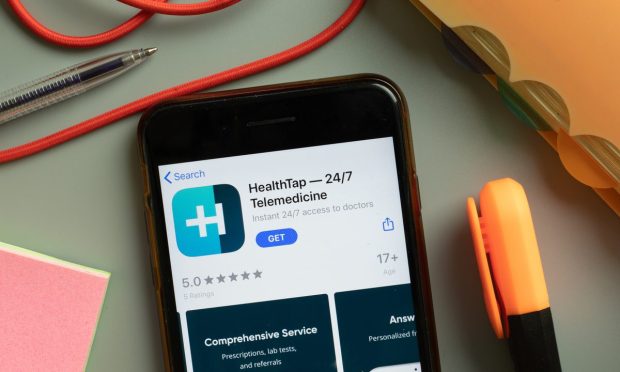HealthTap Bolsters Plan with Free Patient Texts to Primary Care Doctors

Virtual healthcare provider HealthTap on Thursday (Sept. 9) announced that subscribers can now text with their selected primary care doctors for free, in addition to already having healthcare for their children, $39 video appointments and a personal care doctor of their choosing.
“The importance of continuity of care cannot be overestimated,” said Dr. Geoffrey Rutledge, HealthTap co-founder and chief medical officer, in the company announcement.
“Effective primary care requires building a relationship with a trusted doctor over time, allowing the doctor and patient to partner to improve overall health, manage any ongoing health issues, and detect potential new health issues early,” he said.
A 2019 JAMA Internal Medicine study found that every extra 10 primary care physicians per 100,000 people is associated with a 51.5 day increase in life expectancy, and an up to 1.4 percent drop in deaths from cancer, heart disease and other ailments.
“Not only is primary care a key to improving public health, but it also represents a significant business opportunity for HealthTap,” said Sean Mehra, HealthTap co-founder and chief executive officer, in the announcement. “With more than 82 million Americans lacking a primary care doctor, we have a very large population in need of our robust telemedicine service.”
Related: Blazing 5G Network Connectivity Is Powering A Wave Of Telehealth Innovation
During the COVID-19 pandemic, health organizations began urging patients and staff to use emerging telehealth platforms to serve people, although so-called telemedicine has been around for year. Adoption has accelerated across the world, and 5G is fueling that growth by providing the necessary cellular network availability, bandwidth and ease of deployment.
5G networks offer a 10 to 20 times performance improvement over 4G LTE networks, meaning information can be transmitted in speeds approaching real time.
Because of their speed and capacity, 5G networks can also support larger deployments of IoT devices and infrastructure, which should serve as the catalyst for emerging fields such as remote patient monitoring and home healthcare.
